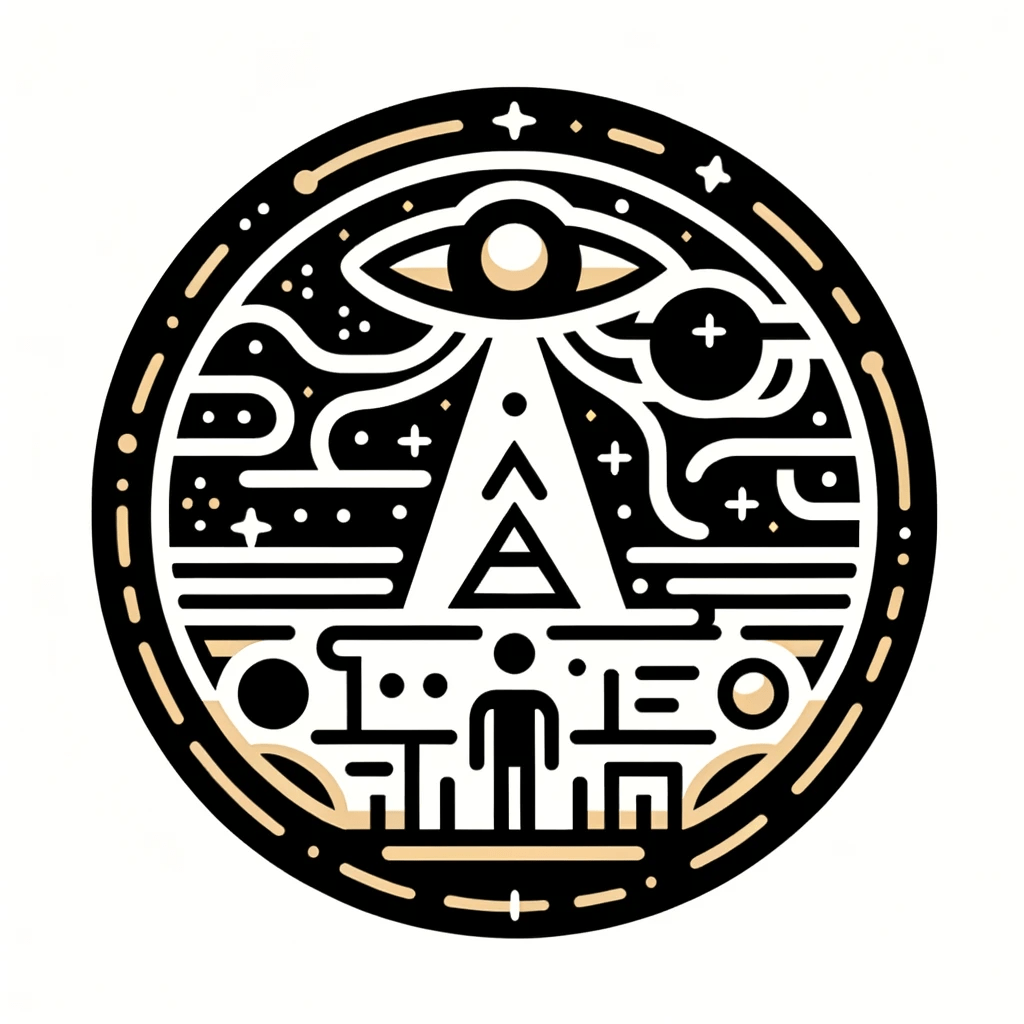Ancient Astronauts

The Ancient Astronaut Theory is a captivating and controversial topic that has captured the imagination of many people around the world. This theory posits that extraterrestrial beings visited Earth in ancient times, interacting with our ancestors and profoundly impacting human civilization. Proponents of this idea argue that these otherworldly visitors provided advanced knowledge, technology, and even genetic enhancements, which allowed early human societies to flourish and create remarkable structures that still stand today.
The history of the Ancient Astronaut Theory can be traced back to the writings of authors such as Erich von Däniken and Zecharia Sitchin. In the 1960s and 1970s, they popularized the idea through their books, including von Däniken’s “Chariots of the Gods” and Sitchin’s “The 12th Planet.” These works get into archaeological evidence, historical texts, and religious myths, suggesting that ancient civilizations had contact with advanced extraterrestrial beings. Proponents of this theory argue that this contact explains the sudden and unexplained leaps in technology, architecture, and cultural development witnessed in these ancient societies.
The Ancient Astronaut Theory has gained widespread attention and a dedicated following due in part to its intriguing premise, which challenges conventional explanations for human history. It has also found support in television shows such as the History Channel’s “Ancient Aliens” and numerous documentaries.
Puma Punku, an archaeological site in Bolivia, features precisely cut stone blocks that fit together seamlessly without mortar. Ancient astronaut theorists claim that this level of precision is evidence of advanced technology that would have been impossible for the native Tiwanaku civilization to achieve on their own (Source: Tsoukalos, Giorgio A. “Ancient Aliens: The Evidence.” History Channel, 2009).
The ancient Sumerian texts, particularly the Enuma Elish and the Epic of Gilgamesh, contain stories of gods descending from the heavens, potentially indicating contact with extraterrestrial beings. Zecharia Sitchin’s research suggests that the Sumerian gods were actually ancient astronauts known as the Anunnaki, who came to Earth to mine gold and subsequently created humans to serve as a workforce (Source: Sitchin, Zecharia. “The 12th Planet.” Avon Books, 1976).
The Nazca Lines in Peru, which consist of enormous geoglyphs etched into the desert floor, can only be fully appreciated from an aerial viewpoint. Ancient astronaut theorists argue that these lines could have been created as navigational markers or even landing strips for extraterrestrial spacecraft (Source: von Däniken, Erich. “Chariots of the Gods?” Bantam Books, 1968).
Books exploring the Ancient Astronaut Theory often focus on the potential connections between ancient civilizations and otherworldly beings. Some notable examples include “Fingerprints of the Gods” by Graham Hancock, which explores the possibility of a lost civilization that predates known history and may have had extraterrestrial origins, and “The Gods Were Astronauts: Evidence of the True Identities of the Bible” by Erich von Däniken, which examines biblical accounts and other ancient texts to support the idea that our ancestors had contact with advanced beings from outer space.
Some of the most notable proponents of this theory include:
- Erich von Däniken: A Swiss author who played a significant role in popularizing the Ancient Astronaut Theory through his book “Chariots of the Gods?” (1968) and numerous subsequent publications. Von Däniken’s work primarily focuses on examining ancient artifacts, structures, and texts to argue that extraterrestrial beings visited Earth and influenced human civilization.
- Zecharia Sitchin: A Russian-American author and researcher, best known for his book series “The Earth Chronicles,” which started with “The 12th Planet” (1976). Sitchin’s work explores ancient Sumerian texts and mythology, positing that the gods described in these texts were actually extraterrestrial beings called the Anunnaki, who came to Earth for resource extraction and created humans as a workforce.
- Giorgio A. Tsoukalos: A Greek-Swiss television personality and producer, known for his appearances on the History Channel’s “Ancient Aliens” series. Tsoukalos is an outspoken advocate for the Ancient Astronaut Theory, arguing that various archaeological and historical evidence points to the involvement of extraterrestrial beings in human history.
- David Hatcher Childress: An American author and researcher who has written extensively on topics related to ancient mysteries, lost civilizations, and the Ancient Astronaut Theory. Childress is the founder of the publishing company Adventures Unlimited Press and has appeared on numerous television shows and documentaries, discussing the possibility of extraterrestrial contact in ancient times.
- Graham Hancock: A British author and journalist known for his works on ancient civilizations and alternative history. While his main focus is not solely on the Ancient Astronaut Theory, some of his books, such as “Fingerprints of the Gods,” explore the possibility of lost civilizations with advanced knowledge, which might have had extraterrestrial origins or influences.
- Robert Bauval: An Egyptian-born researcher and author, known for his Orion Correlation Theory. Bauval suggests that the alignment of the Giza pyramids corresponds to the stars in the constellation Orion, implying that the builders of the pyramids might have had advanced astronomical knowledge potentially derived from extraterrestrial sources.
- Alan F. Alford: A British author who has written on ancient mythology, particularly focusing on the possibility of extraterrestrial influences on ancient civilizations. His book “Gods of the New Millennium” presents arguments in favor of the Ancient Astronaut Theory, although Alford later distanced himself from some of the more extreme claims associated with the theory.
- Andrew Collins: A British author and researcher who has written about topics related to ancient mysteries, Atlantis, and the Ancient Astronaut Theory. His book “From the Ashes of Angels” explores the possibility that ancient civilizations were influenced by an advanced race of beings, which could be interpreted as extraterrestrials.
Ancient Astronaut Theory is a fascinating and controversial subject that has captivated the imagination of many. While some evidence, such as the precise stonework at Puma Punku, the ancient Sumerian texts, and the enigmatic Nazca Lines, may suggest the possibility of extraterrestrial involvement in human history, experts continue to debate the validity of this theory.


